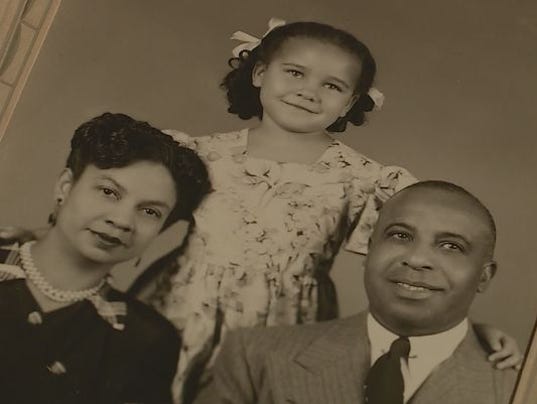When Louisiana Creoles Arrived in Texas, Were They Black or White?Posted in Articles, History, Louisiana, Media Archive, Texas, United States on 2015-12-21 02:05Z by Steven |
When Louisiana Creoles Arrived in Texas, Were They Black or White?
Zócalo Public Square
2015-12-15
Tyina Steptoe, Assistant Professor of History
University of Arizona
Tyina Steptoe’s book, Houston Bound: Culture and Color in a Jim Crow City, was published by the University of California Press in 2015.
Mixed-Race Migrants Came to Houston for Jobs and Ended Up Challenging Definitions of Race
Actor Taye Diggs recently raised eyebrows by declaring that he hopes his young son—who has a white mother of Portuguese descent—identifies as “mixed” instead of black. Diggs, who is African-American, also included President Barack Obama in his statement. “Everybody refers to him as the first black president. I’m not saying it’s wrong. I’m just saying that it’s interesting. It would be great if it didn’t matter and that people could call him mixed. We’re still choosing to make that decision, and that’s when I think you get into some dangerous waters.”
So, who is “black” in America? To answer this question, I think it helps to look at the history of Houston, the city where I grew up and a place that has grappled with the black-white color line in a different way than we’ve conventionally come to understand race in America. A sizable population of people in Houston through the 20th century has identified as “Creole”—and many never really identified as black or white.
The Creoles who came to live in Houston were descendants of a free, mixed-race population that appeared in colonial Louisiana in the 18th century. The first generation typically had French or Spanish fathers and African mothers. Coerced sexual relationships, complex negotiations, and outright rape led to the creation of this population. Some white men freed their mixed-race offspring, who became known as gens de couleur libre (free people of color). Free people of color formed a separate racial group in colonial Louisiana. Since they were free, they were not lumped into the same category as black slaves. But they also did not have the same legal status as white people. Free people of color, then, were neither white nor black. Following the end of slavery in 1865, they called themselves Creoles of color, a name that future generations continued to use to identify themselves as a group…
Read the entire article here.



